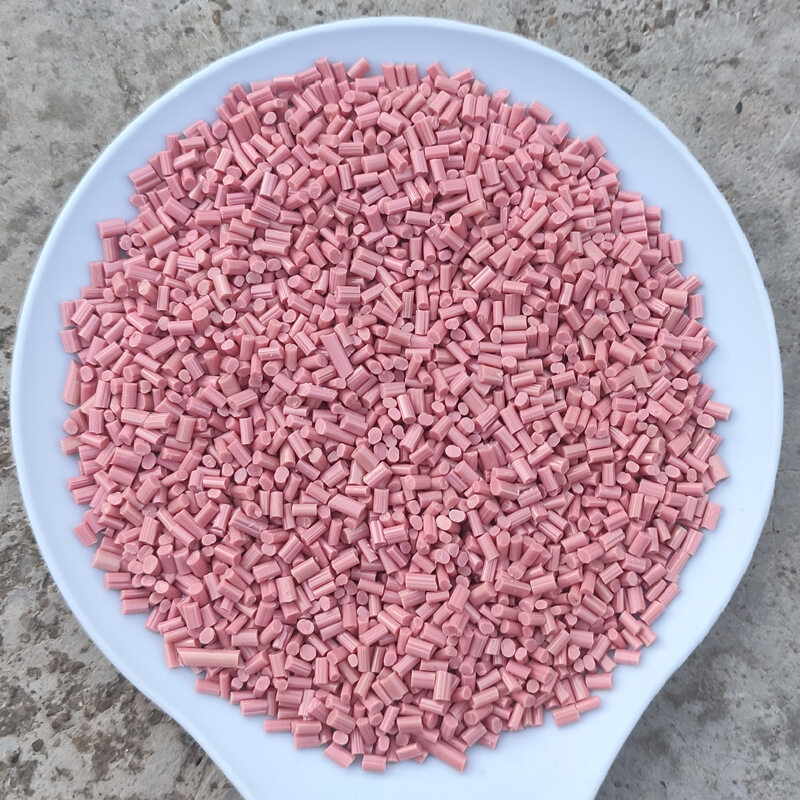Error de formato de correo electrónico
emailCannotEmpty
emailDoesExist
pwdLetterLimtTip
inconsistentPwd
pwdLetterLimtTip
inconsistentPwd

Offer Technical Support and Customized Solutions
The company is committed to creating new and improved plastic materials to meet the evolving demands of the market.

HIPS Compound: Properties, Applications, and Future Trends II
Plasticity of the HIPS Compound
HIPS compound offers good plasticity, allowing it to be easily moulded into various shapes and sizes. It can be processed using conventional methods such as injection moulding, extrusion, and thermoforming. This plasticity makes it a versatile material for manufacturing complex components.
Strength and Stiffness of the HIPS Compound
The HIPS compound exhibits good tensile and flexural strength, providing structural integrity to the final products. However, it may have lower stiffness compared to some other engineering plastics. The stiffness can be improved by incorporating reinforcing fillers or fibres into the compound.
Usage Precautions for HIPS Compound
When using HIPS compound, it is important to consider its limitations. It should not be exposed to high temperatures or prolonged UV radiation, as it may lead to deformation or degradation. Additionally, HIPS compound should be stored in a cool and dry environment to prevent moisture absorption, which can affect its properties.

Standards and Specifications for HIPS Compound
There are several standards and specifications available for HIPS compounds, depending on the intended application. These standards cover aspects such as mechanical properties, flammability, and chemical resistance. Some commonly referenced standards include ASTM D638 for tensile properties and ASTM D790 for flexural properties.
Research and Development Challenges for the HIPS Compound
Despite its widespread use, there are still some challenges in the research and development of HIPS compounds. One challenge is to improve its heat resistance without compromising other properties. Another area of focus is enhancing its chemical resistance to a wider range of solvents. Additionally, there is ongoing research to develop sustainable and eco-friendly alternatives to traditional HIPS compounds.
Thermal Conductivity of the HIPS Compound
HIPS compound has relatively low thermal conductivity compared to metals and some other engineering plastics. Its thermal conductivity can be further reduced by incorporating fillers or additives that have low thermal conductivity. This property makes HIPS compound suitable for applications where thermal insulation is required.
Electrical Insulation Performance of HIPS Compound
HIPS compound exhibits good electrical insulation properties, making it suitable for electrical and electronic applications. It has low electrical conductivity and can withstand moderate voltage levels without electrical breakdown. However, it is important to consider the specific electrical requirements and standards for each application.

Weather Resistance of the HIPS Compound
The HIPS compound has moderate weather resistance, but it may degrade when exposed to prolonged UV radiation. To enhance its weather resistance, additives such as UV stabilisers can be incorporated into the compound. It is advisable to consult the manufacturer’s guidelines and conduct weathering tests for outdoor applications.
Impact Resistance of the HIPS Compound
One of the key properties of the HIPS compound is its excellent impact resistance. It can withstand sudden shocks and impacts without breaking or cracking. This property makes it suitable for applications where durability and impact resistance are crucial, such as automotive components and protective packaging.
Flame Retardancy of the HIPS Compound
The HIPS compound is inherently flammable and may contribute to the spread of fire. However, it can be modified to improve its flame retardancy by incorporating flame retardant additives. These additives reduce flammability and slow down the spread of flames, making them suitable for applications with fire safety requirements.
Processability of the HIPS Compound
The HIPS compound is known for its excellent processability. It can be easily moulded using conventional methods such as injection moulding, extrusion, and thermoforming. It has good flow properties, allowing for complex shapes and intricate details to be achieved. This processability makes it a preferred choice for mass production.

